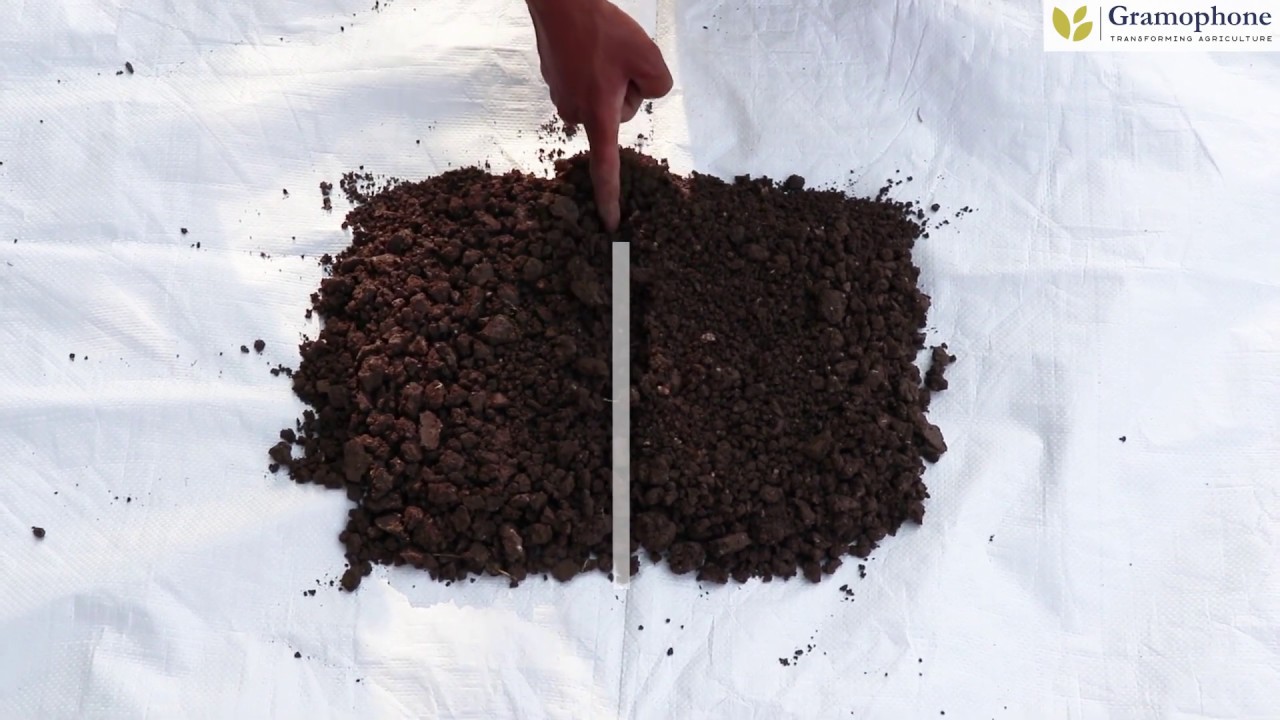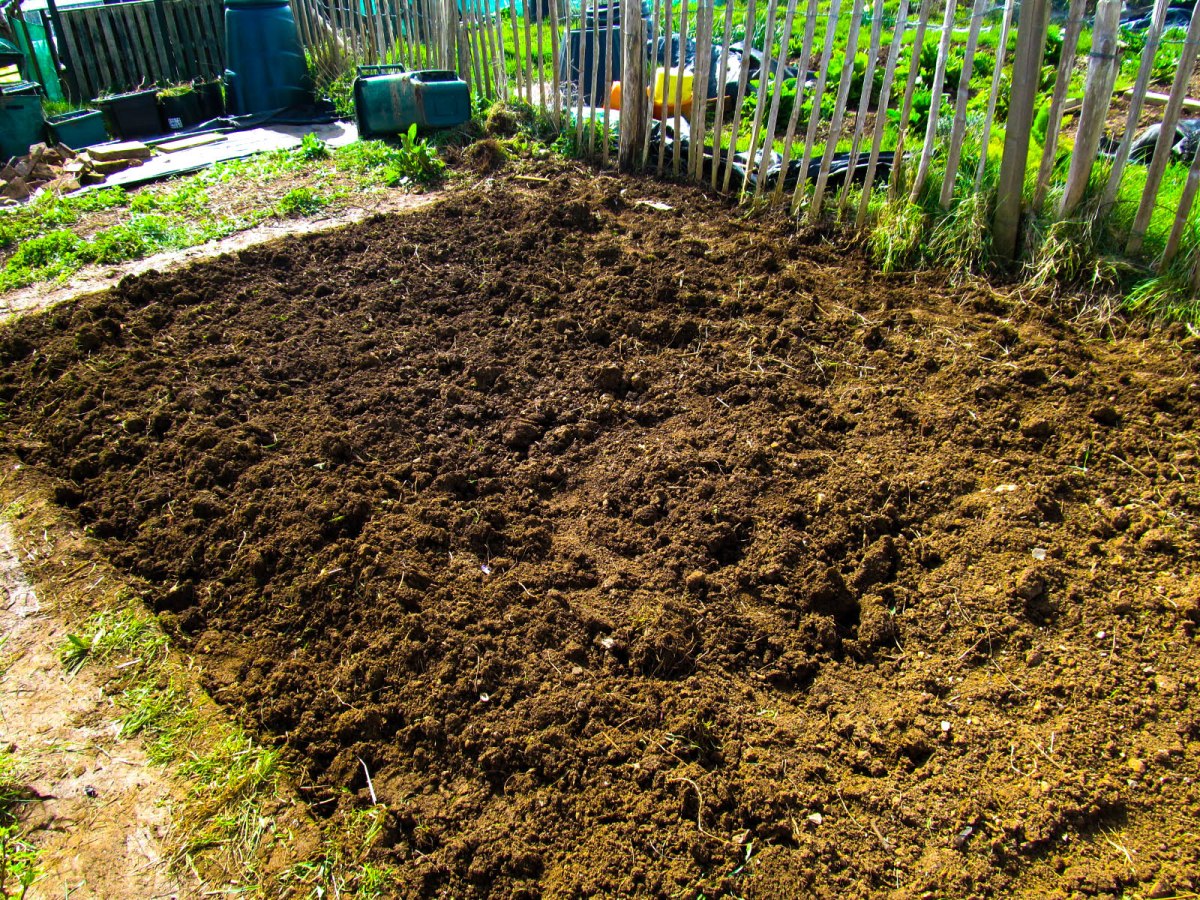- Soil testing can accurately detect the elements present in the soil. After their information, the available nutrients in the soil are found and accordingly the quantity of manure and fertilizer is recommended.
- That is, after soil testing, by giving a balanced amount of fertilizer, more benefit can be taken in farming and fertilizer cost can be reduced.
- Soil testing can detect soil pH, dissolved conductivity, organic carbon as well as major nutrients and micronutrients.
- The normal, acidic or alkaline nature of soil can be ascertained from soil pH value. Soil pH decreasing or increasing affects the growth of plants.
- Soil pH After finding out, suitable crop varieties are recommended in problem prone areas which have the ability to tolerate acidification and alkalinity.
- Soil pH between values 6.5 to 7.5 Nutrients are most commonly consumed by plants, and lime for acidic soil and gypsum for alkaline soil is recommended.
- Electrical conductivity can be known by soil testing, this gives information about the level of concentration or quantity of salts in the soil.
- Due to high concentration of salts in the soil, there is difficulty in absorption of nutrients by the plants.
- Soil testing can determine the fertility of the soil by testing organic carbon.
- The physical properties of soil such as soil structure, water holding capacity, etc. are increased by organic carbon.
- Organic carbon also prevents the leaching of nutrients.
- In addition, organic carbon is also very useful for the availability, transfer and conversion of nutrients and growth of microorganisms.
- Depending on the fertility of the soil, it helps to implement agricultural production and other useful schemes.
- Therefore, all these information shows how important soil testing is.
Importance of soil pH and Electrical Conductivity (EC) in soil testing
pH value of soil
- It shows the reaction of soil, whether the soil is normal, acidic, or alkaline in nature. Decreasing or increasing soil pH affects the growth of plants.
- Suitable varieties of crops are recommended in problematic areas. Which has the ability to tolerate acidification and alkalinity?
- Nutrients are most commonly received by plants between values 6.5 to 7.5. soil pH. When the value is less than 6.5 the land is acidic and if it is more than 7.5 the land is alkaline.
- Recommendation to add lime for acidic land and gypsum for alkaline soil.
Electrical conductivity
- Soil electrical conductivity (EC) is an indirect measurement that has a very deep correlation with the physical and chemical properties of soil. Soil electrical conductivity is an indication of the availability of nutrients in the soil.
- The greater concentration of salts in the soil leaves a detrimental effect on the absorption of nutrients.
- Very low electrical conductivity levels indicate low available nutrients, and very high EC levels indicate nutrient excess. Those with low EC are often found in sandy soils with low organic matter levels, while high EC levels are found in high organic soil content (more clay).
- Soil texture, salinity, and moisture are the soil properties that most affect EC levels.
How to improve production by improving soil health
To increase the production by 50%, we should take three important measures in the soil
- Increasing the amount of nutrients in the soil.
- Improve the physical condition of the soil.
- Maintaining the balance of pH in the soil.
- To increase the amount of nutrients in the soil
- After harvesting the previous crop, the crop residues should not be destroyed by fire.
- After harvesting, cultivate the farm twice, so that the crop residues dissolve and provide nutrients to the plants.
- Apply FYM @ 10 t/acre OR Vermicompost 2.5 t /acre + SSP @100 kg apply at the time of ploughing in the field.
- Apply (1 kg of micronutrients + PSB 2 kg + KMB 2 kg + NFB 2 kg + ZnSB 4 kg + Trichoderma 2 kg) per acre on sowing time.
2. To improve the physical condition of the soil –
- If the farmer having an adequate amount of water plough the field after harvesting and mix speedkampost @ 4kg/acre, after mixing provide one irrigation.
- In 15-20 days, crop residues with the help of Speed kampost disintegrate well and improve soil structure.
- 3. For the pH balance of soil –
- To control the soil pH, slow-release nutrients should be used.
- Fertilizers should be used in a balanced amount of more Acid and Base content.
- The soil pH rage maintains between 6.0 to 7.0 for good production of crops.
- For the improvement of acidic soil, the amount of calcium carbonate should be applied according to the soil test report.
- For the improvement of alkaline soil, gypsum should be applied according to the soil test report.
Like and share with other farmers by clicking on button below.
ShareWhy & how to apply FYM in soil?
-
Most of the arable lands across the country show low levels of organic carbon with deficiencies ranging from 11% to 76%.
-
FYM is a good source of organic carbon.
- Soil organic carbon is the key factor of the soil fertility by releasing the nutrients for plant growth, promotes structure physical and biological health of the soil.
- Farmyard manure is organic matter used as fertilizer in agriculture. Manures improve the fertility of adding organic matter and lots of nutrients, On an average well composted farmyard manure contains 0.5% N, 0.2 % P2O5and 0.5 % K2O.
- They supply plant nutrients including micronutrients and increase their availability.
- They improve soil physical properties like Water holding capacity, Porosity etc.
- The nutrients are lost due to leaching by rainwater so 8 -10 Tones /acre well-rotted farmyard manure (FYM) should be spread uniformly on the unploughed soil.Like and share with other farmers by clicking on button below.



